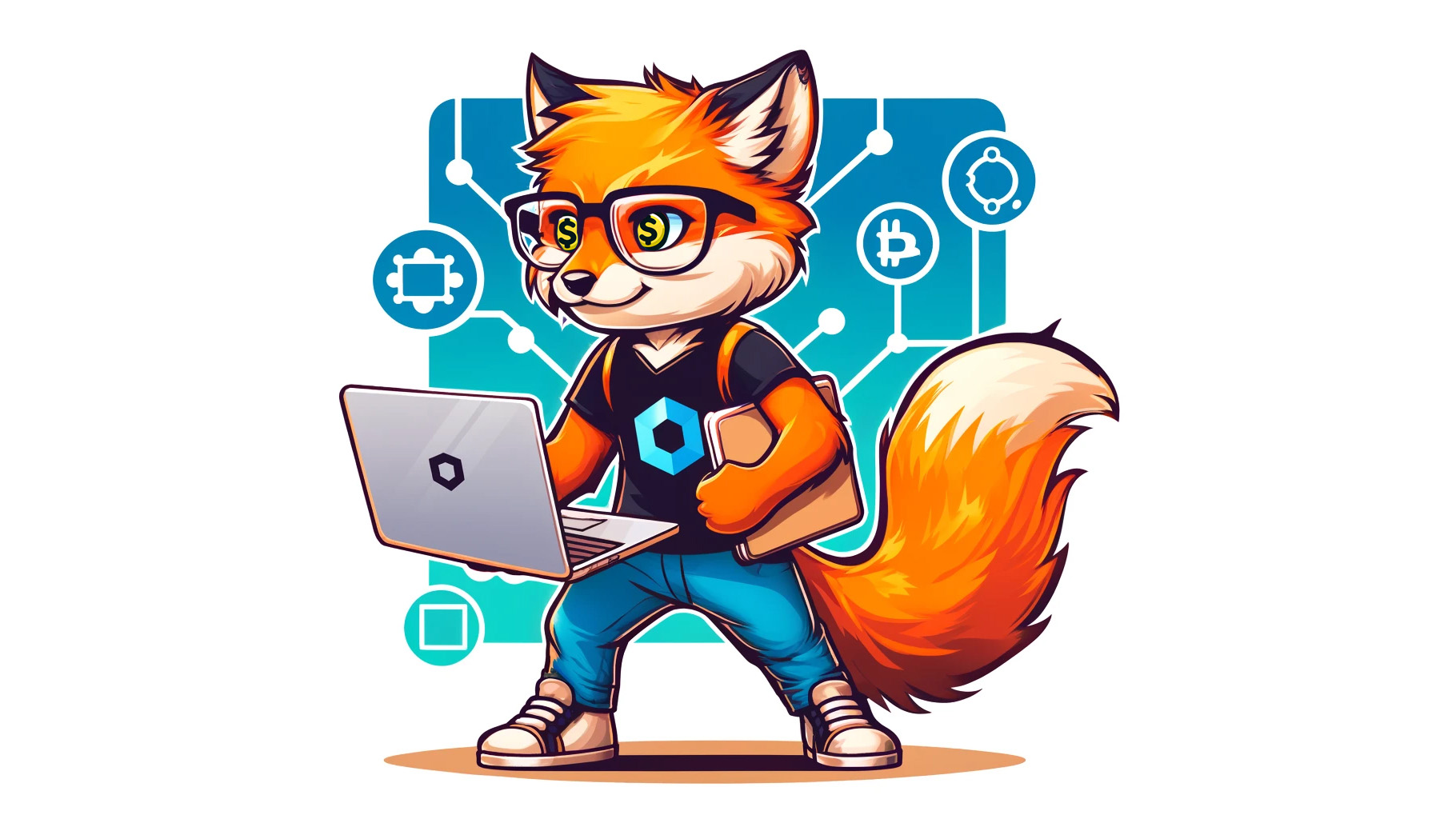As you dive into the realm of cryptocurrencies and decentralized technologies, you’re likely to encounter terms like “blockchain” and “DAG.” But what exactly are they, and how do they differ? We’ll explore the fundamental concepts of blockchain and Directed Acyclic Graph (DAG) and highlight their key differences.
What is Blockchain?
Blockchain is perhaps the most well-known technology underlying cryptocurrencies like Bitcoin and Ethereum. At its core, a blockchain is a distributed and decentralized ledger that records transactions across a network of computers, often referred to as nodes. These transactions are grouped into blocks, which are cryptographically linked together in a chronological chain.
Key features of blockchain technology include:
- Decentralization: Blockchains operate without a central authority, relying instead on a network of nodes to validate and record transactions. This decentralization enhances security and reduces the risk of fraud or censorship.
- Immutability: Once a transaction is recorded on the blockchain, it becomes virtually immutable, meaning it cannot be altered or deleted. This feature ensures the integrity and transparency of the transaction history.
- Consensus Mechanisms: Blockchains typically employ consensus mechanisms, such as Proof of Work (PoW) or Proof of Stake (PoS), to achieve agreement among nodes on the validity of transactions. These mechanisms ensure that the network remains secure and reliable.
What is DAG (Directed Acyclic Graph)?
Directed Acyclic Graph, or DAG, is a more recent alternative to traditional blockchain technology. IOTA was the first crypto project, which introduced the DAG. Unlike blockchain, which relies on a linear chain of blocks, DAG is a data structure that resembles a graph, with nodes representing transactions and edges representing dependencies between transactions.
Key features of DAG technology include:
- Scalability: DAG-based systems often tout improved scalability compared to traditional blockchains. Since transactions can be processed concurrently rather than sequentially, DAG networks have the potential to handle higher transaction throughput at low cost.
- No Mining: In many DAG-based cryptocurrencies, there is no concept of mining in the traditional sense. Instead, users play a more active role in the validation and confirmation of transactions, often by approving previous transactions before submitting their own.
- Asynchronous Processing: Transactions in a DAG network can be processed asynchronously, meaning they don’t need to wait for confirmation in sequential blocks. This can result in faster transaction times and reduced latency.
Differences Between Blockchain and DAG
While blockchain and DAG share some similarities, such as decentralization and cryptographic security, there are several key differences between the two:
- Structure: Blockchain follows a linear structure, with transactions grouped into blocks and linked together in a chain. In contrast, DAG is a more flexible data structure that allows for a non-linear arrangement of transactions.
- Consensus Mechanism: Blockchain typically relies on consensus mechanisms like Proof of Work or Proof of Stake to validate transactions and secure the network. DAG-based systems often use alternative consensus mechanisms, such as the Tangle in IOTA or the DAG-based PoA (Proof of Activity).
- Scalability: While blockchain technology has faced scalability challenges, DAG-based systems aim to address this issue by allowing for parallel processing of transactions. This theoretically enables higher throughput and scalability.
Conclusion
In summary, blockchain and DAG represent two distinct approaches to decentralized ledger technology, each with its own set of strengths and weaknesses. Blockchain offers proven security and immutability but may struggle with scalability. DAG, on the other hand, promises improved scalability and transaction throughput but is still relatively experimental compared to blockchain. By understanding the differences between these two technologies, you can better appreciate the diverse landscape of decentralized systems and choose the right solution for your needs.

Comments are closed